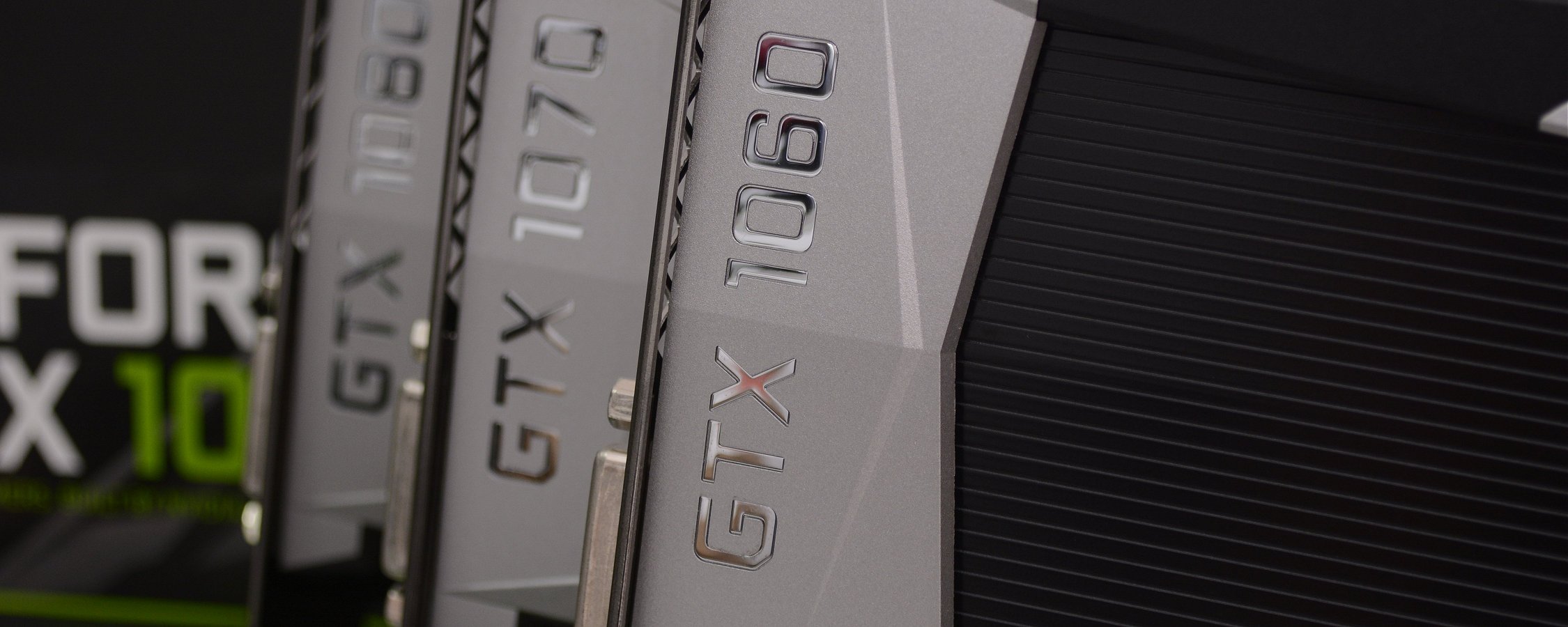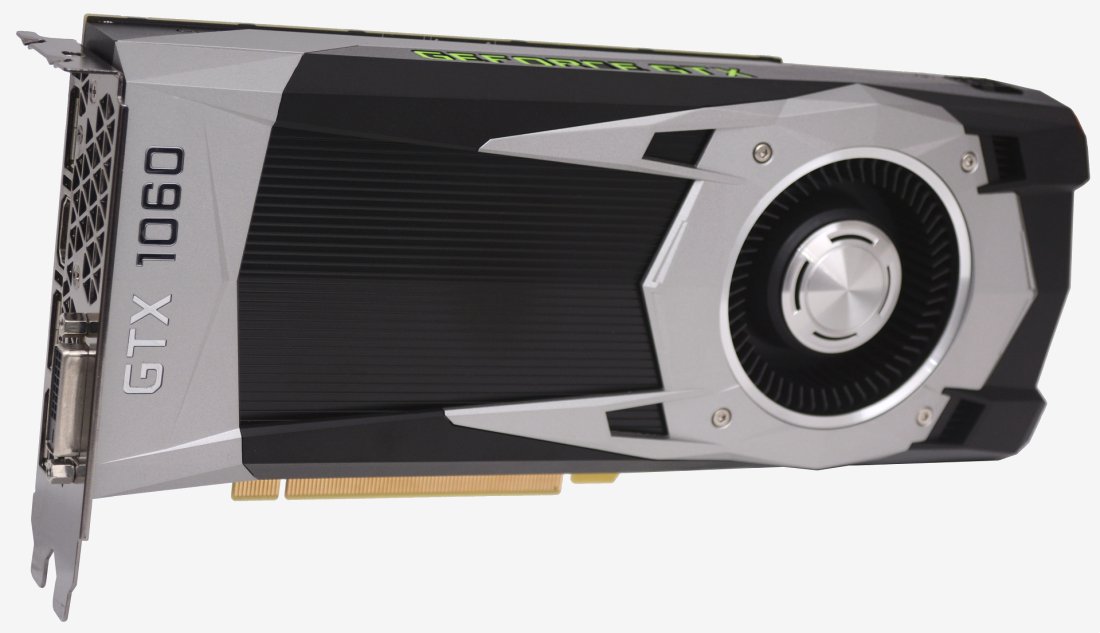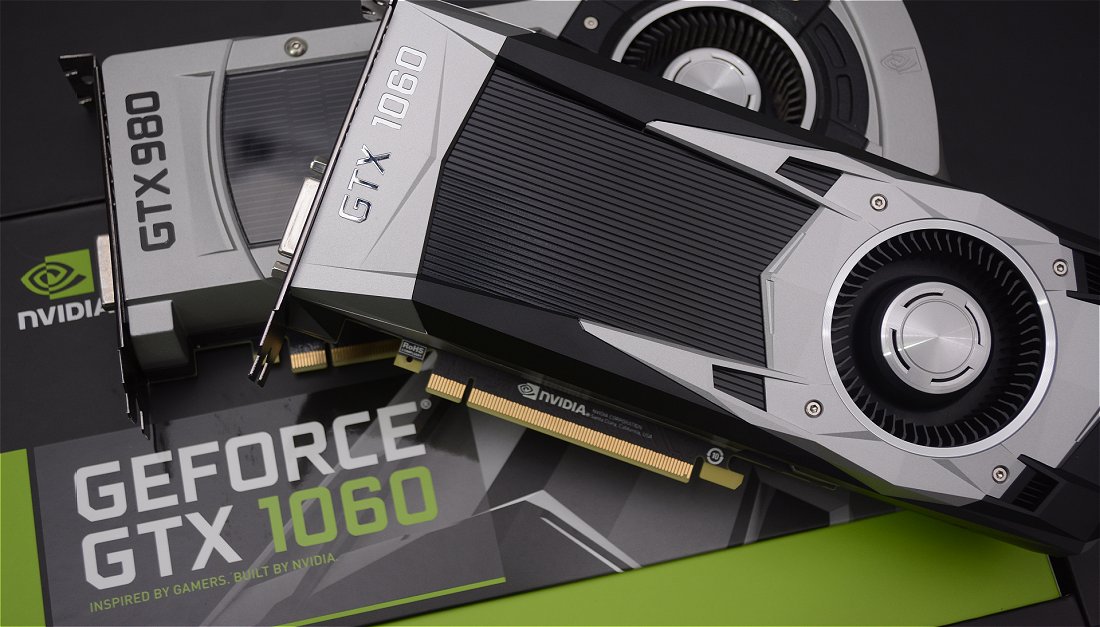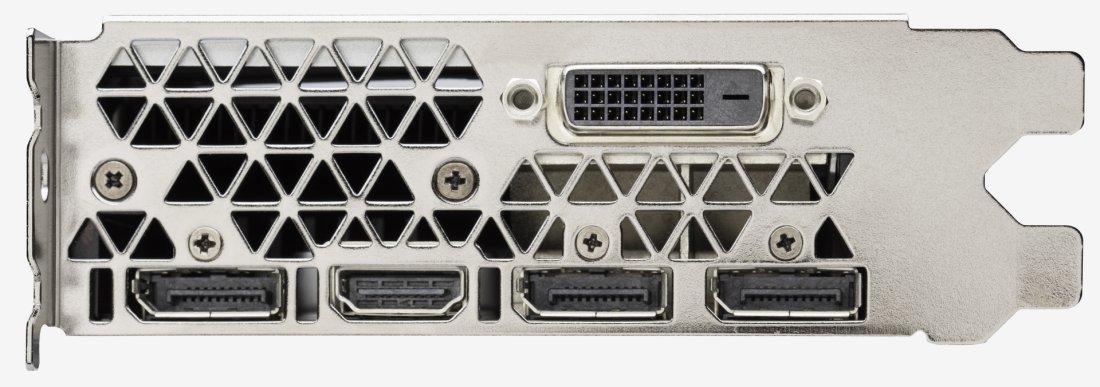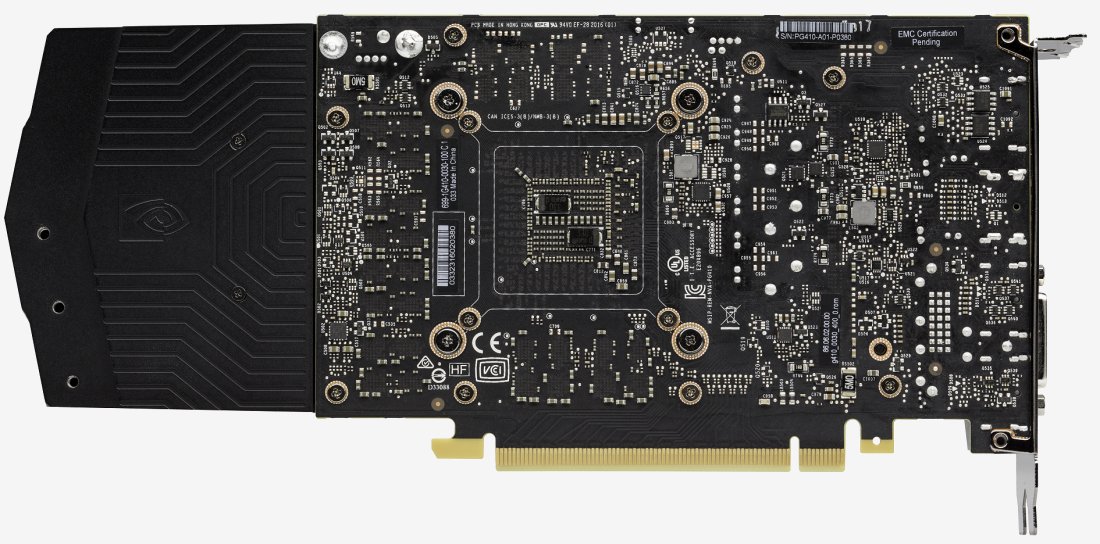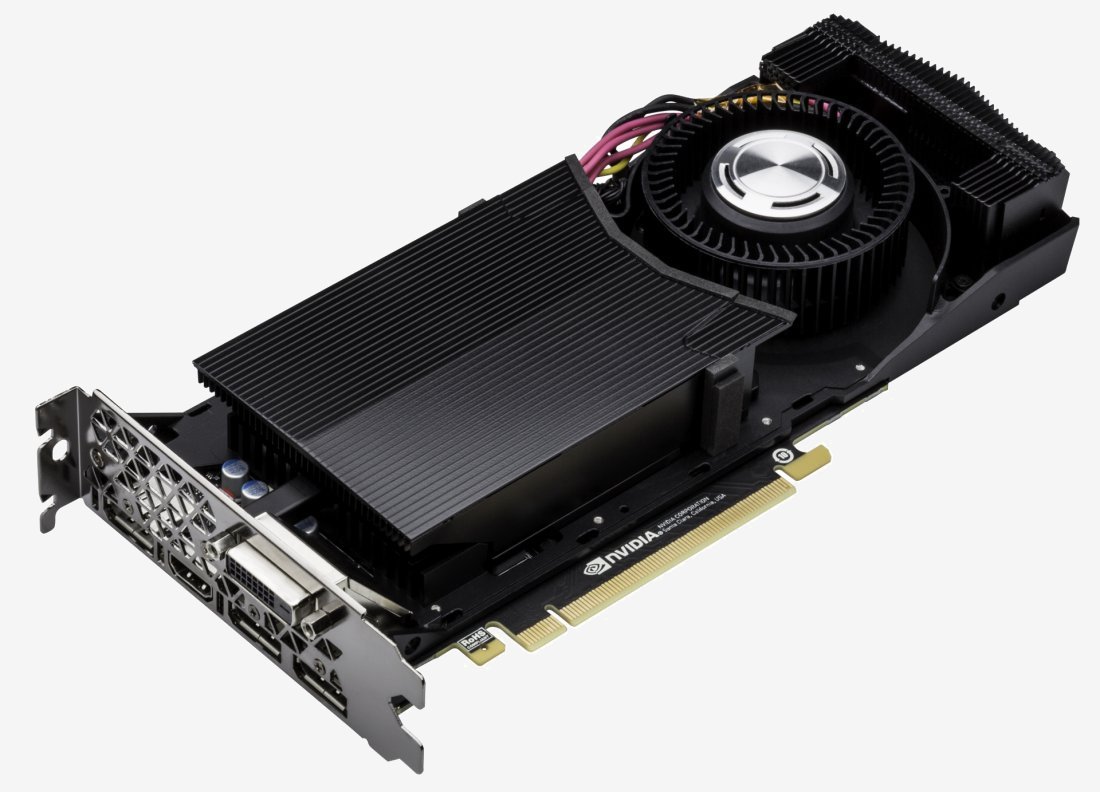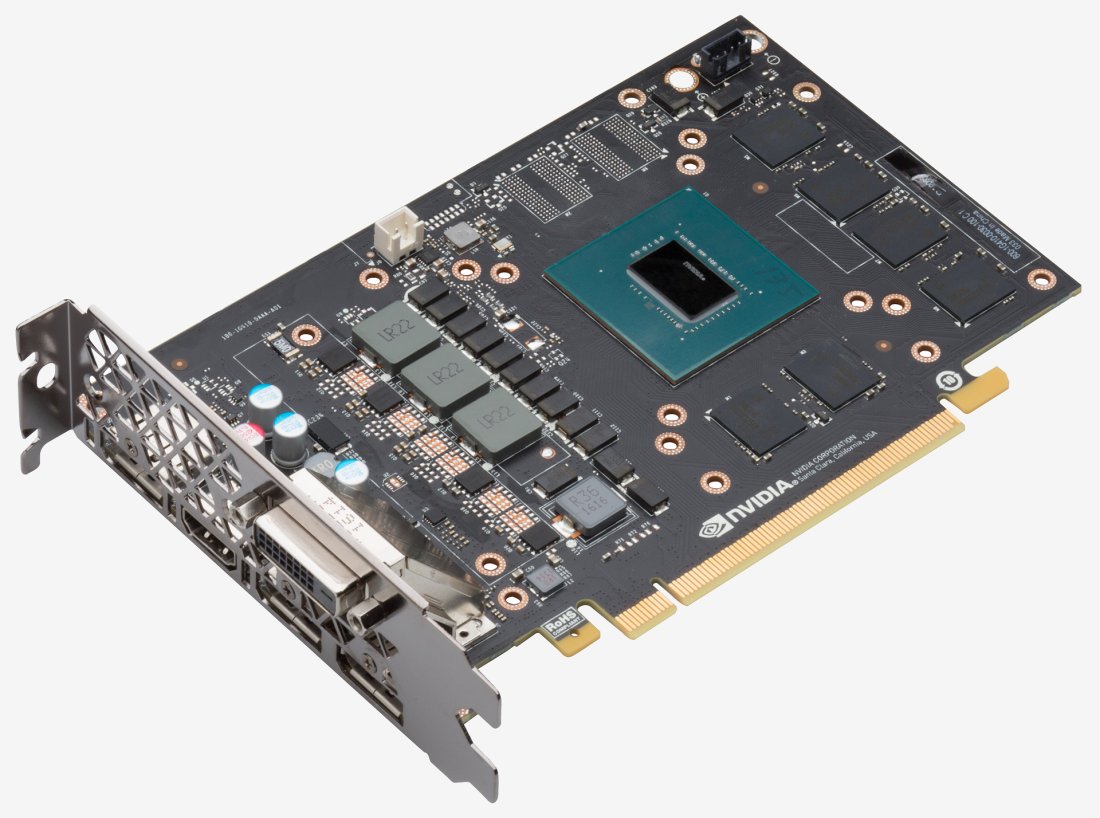This generation's GPU battle is heating up. Beginning in May with the uber fast GeForce GTX 1080 aimed at 4K gamers, Nvidia's 16nm Pascal assault continued a few weeks later with the GTX 1070 delivering performance akin to a GTX 980 Ti for a heavily discounted price.
With the covers off Nvidia's latest cards, attention then turned to AMD's more affordable offering, the Radeon RX 480. Naturally, at $200 to $240 the RX 480 wasn't taking on the $380 (currently $450) GTX 1070 and it certainly wasn't tangling with the $700 GTX 1080.
So leading up to the RX 480's release it seemed like consumers would have an easy choice between AMD and Nvidia for the months to come: if you wanted an affordable sub-$300 graphics card, AMD would be the obvious pick while folks spending more than that would surely go for one of Nvidia's Pascal graphics cards.
However, as I was midway through writing the RX 480's review, Nvidia emailed us to confirm that a GTX 1060 was inbound and we'd be notified of the release date at a later time.
Nvidia soft-launched the GTX 1060 on July 7, at which time it provided most of the GPU's specifications, showed off its Founders Edition graphics card and surprisingly even divulged pricing information.
This was no doubt a move to steal some of the RX 480's thunder, in addition to preliminary PCIe power woes, timing couldn't have been worse for AMD. Thankfully the company swiftly addressed the RX 480's PCIe power concerns and for that we commend them. AMD has also enjoyed some positive press thanks to its release of the Vulkan API for Doom which we'll look at in this review.
You could say that the battle between this generation's GPUs is just beginning. What we have is a $250 GTX 1060 ($300 for the Founders Edition) facing off against a $240 RX 480 8GB ($200 for the 4GB model) and this fight over the mid-range market should be great news for consumers.
The prices quoted above are in US dollars and based on MSRPs set by AMD and Nvidia. Sadly, there are issues with those prices on both sides of the fence.
Availability appears to finally be picking up for Nvidia but we have yet to see cards anywhere near its MSRP; meanwhile AMD's lack of availability and partner cards is an issue despite pricing aligning with its MSRP. Hopefully this will improve shortly but we almost expected this would happen after such a long time on the 28nm process.
GP106 Up Close & Personal
The GeForce GTX 1080 and 1070 were built around the GP104 core, a 314mm2 die boasting an insane 7.2 billion transistor count. The GTX 1070 is of course a simplified version of the GTX 1080 despite featuring the same die – Nvidia simply disabled five of the SM units, effectively cutting the CUDA core count by 25%.
The new GTX 1060 is targeting a considerably lower price point and therefore Nvidia has created what is a physically smaller GPU. At the heart of the GTX 1060 lies the newest Pascal GPU (codenamed GP106) which has a die measurement of just 200mm2, 36% smaller than the GP104.
Despite being much smaller, the GP106 supports all of the key Pascal architectural features, chief among them being Simultaneous Multi-Projection (SMP).
All Pascal GPUs will have the SMP Engine, which is located within the PolyMorph Engine at the end of the geometry pipeline and right in front of the Raster Unit. With this feature, the GPU can simultaneously map a single primitive on up to sixteen different projections from the same viewpoint.
Each projection can be either mono or stereo. This features allows Pascal GPUs to accurately match the curved projection required for VR displays, the multiple projection angles required for surround display setups, and other emerging display use cases. Nvidia says that in extreme cases, the SMP Engine can reduce the amount of required geometry work by up to 32x!
Unfortunately, this isn't something we are currently in a position to test but we do plan to carry out some in-depth VR benchmarking in the near future.
SLI? Not a chance.
Both AMD and Nvidia have worked hard to reduce the bandwidth demands on the GPU for their latest generation Polaris and Pascal parts. For Nvidia this means implementing new 4:1 and 8:1 delta color compression modes that provide more options for compressing data to the GPU which the company claims can provide roughly 20% additional effective bandwidth to the GPU (the actual amount will vary by game and scene) compared to their previous Maxwell based GPUs.

Whereas the GP104 can boast as many as 20 Streaming Multiprocessors (SMs) seen in the GTX 1080 the GTX 1060 has been outfitted with half that amount. As many of you will be aware, a Pascal SM contain 128 CUDA cores, 256KB of register file capacity, a 96KB shared memory unit, 48KB of total L1 cache storage, and eight texture units. With 10 SMs, the GTX 1060 ships with a total of 1280 CUDA Cores and 80 Texture Units.
In short, the core configuration has been reduced by 33% compared to the GTX 1070 and 50% from the GTX 1080. Looking back to Maxwell, we see that the GTX 1060 features 25% more cores than the GTX 960 but 23% fewer than the GTX 970. What's interesting here is that Nvidia is claiming GTX 980-like performance despite offering 38% fewer cores.
This is made possible through the improved efficiency of Pascal. Nvidia says when developing the Pascal architecture, they were intensely focused on improving efficiency. Every unit within the GPU was scrubbed for power, and critical circuit paths were optimized to enable high clock speeds. The result was their most efficient architecture yet capable of operating at frequencies previous unheard of for a GPU.
Whereas the GTX 980 operates at a boost clock of 1216MHz and the most extreme air-cooled overclocks only reached 1.4 to 1.5GHz, the GTX 1060 features a base clock operating speed of 1506MHz with an official boost clock speed of 1708MHz. Nvidia is suggesting overclocks of at least 2GHz on the GTX 1060 as well so that will be something to look at later in our review.
Feeding the GTX 1060 GPU data are six 32-bit memory controllers (192-bit total). Tied to each 32-bit memory controller are eight ROP units and 256 KB of L2 cache. The full GP106 chip used in GTX 1060 ships with a total of 48 ROPs and 1536 KB of L2 cache. Coupled with 6GB of 8Gpbs GDDR5 memory there is 192GB/s of memory bandwidth available. When compared to the GTX 1070 that's a 25% reduction in memory bandwidth.
Finally, like the previous generation GTX 960, the new GTX 1060 is a 120w part and as such only requires a single 6-pin PCIe connector. This means the TDP rating is 20% slower than the RX 480 so Nvidia should avoid any PCIe power draw issues.
GTX 1060 Founders Edition
Available at release will be Nvidia's Founders Edition version of the GTX 1060, which of course comes at an incredible price premium, this time some 20% more than the board partner cards despite having what is almost certainly going to be an inferior cooler and board design.
Moving past that issue, the card measures 250mm long and the PCB is actually only 175mm long while the cooler overhangs by 75mm.
Although we don't agree with the price premium on the Founders Edition, we have to admit this is a nice reference card. I really liked the look of the GTX 1080 and 1070 FE cards and the GTX 1060 FE has the same visual appeal. It's a high quality product and although it lacks a backplate the entire cooler has been constructed from alloys – no plastic here.
As always, we find a blower style cooler that vents hot air out the rear of the chassis. The aluminum heatsink has been given a black paint job and is clearly visible from the front. It is worth nothing that while the GTX 1060 should consume less power than the RX 480, Nvidia has included a much larger heatsink so we expect the operating volume to be low as well as the thermals.
Any interesting design choice of the GTX 1060 Founders Edition graphics card is the 6-pin PCIe power input placement. Ideally you want the power connector on top of the card toward the rear and that's exactly where you'll find it on this card. What's so odd then? Well, as mentioned earlier the cooler overhangs the PCB by 75mm so you would expect to find the PCIe power connector at least 75mm from the end of the graphics card, just as it is on the RX 480.
However, Nvidia has removed the connector from the PCB and using old fashion copper wires moved the connector off board to the rear of the card. It is an obvious solution for neat cable management but not one we expected Nvidia to make, perhaps they are making some effort to justify that big price premium.
That said, onboard we find a very basic 3+1 phase power design. Despite that, Nvidia says there is a tremendous amount of headroom for overclocking. Their internal testing showed all boards are able to hit speeds of 2GHz!
I really like the GTX 1060 Founders Edition's machine finished die cast aluminum body so it'll be interesting to see how board partner cards stack up. In fact, toward the end of this review I'll include a preview of the Gainward GTX 1060 GS card that we received just before the launch.
